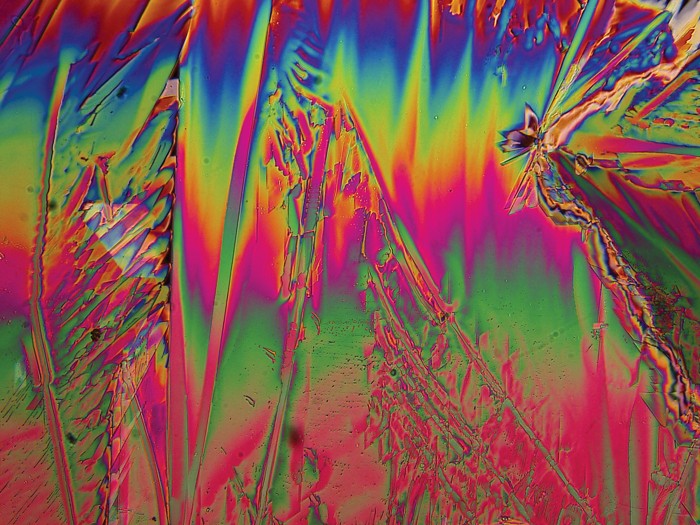Advertisement
Grab your lab coat. Let's get started
Welcome!
Welcome!
Create an account below to get 6 C&EN articles per month, receive newsletters and more - all free.
It seems this is your first time logging in online. Please enter the following information to continue.
As an ACS member you automatically get access to this site. All we need is few more details to create your reading experience.
Not you? Sign in with a different account.
Not you? Sign in with a different account.
ERROR 1
ERROR 1
ERROR 2
ERROR 2
ERROR 2
ERROR 2
ERROR 2
Password and Confirm password must match.
If you have an ACS member number, please enter it here so we can link this account to your membership. (optional)
ERROR 2
ACS values your privacy. By submitting your information, you are gaining access to C&EN and subscribing to our weekly newsletter. We use the information you provide to make your reading experience better, and we will never sell your data to third party members.
Biocatalysis
Chemistry In Pictures
Chemistry in Pictures: Is there anything porphyrins can’t do?
by Craig Bettenhausen
January 4, 2023

Nature uses porphyrins for all kinds of things. The aromatic, disc-shaped molecules form the functional core of systems that transport oxygen, catalyze biochemical transformations, and harvest light, among other things. Sukrit Tantrawong, a professor at Thammasat University, studies porphyrins as components of dye-sensitized solar cells, where the molecules’ famously rich colors are used to expand the range of light that an inorganic semiconductor can transform into useable electrons. He captured this image while analyzing a thin film of a porphyrin derivative using an optical polarizing microscope.
Submitted by Sukrit Tantrawong
Do science. Take pictures. Win money. Enter our photo contest here.


Join the conversation
Contact the reporter
Submit a Letter to the Editor for publication
Engage with us on Twitter